There is no one-size-fits-all approach when it comes to choosing the best die-cutting process. Each die-cutting process can provide different results depending on the material and application. One of the most common die-cutting processes is rotary die-cutting.
1. What is the rotary die cutter machine?
A rotary die cutter is a die cutter that uses a cylindrical die connected to a rotary press to convert flexible materials, such as web paper. A highly accurate and precise cutter method is very cost-effective on large-volume orders compared to other methods and generates less waste.
2. What is the rotary die-cutter machine composed of?
A flexible cylindrical rotary die consists of a carved sheet of metal, usually tool steel, fixed to a separate magnetic cylinder, whereas a solid cylindrical rotary dies consists of only a carved solid metal cylinder. Both are flexible and solid molds that are capable of cutting most types of materials, each with its advantages and disadvantages in terms of manufacturing applications.
An integrated approach is required when selecting the right type of dying for rotary die cutter operation. In addition to the materials to be cut and the specifications required, you also need to consider the initial and overall investment costs, as well as the optimal delivery time and turnaround time.
3. How does the rotary die-cutter machine work?
A rotary die cutter machine is a special kind of die cutter, it uses a cylindrical die to cut out the shape of the material. It moves round and round in a circular motion and has blades to cut the desired shape around the entire cylinder.
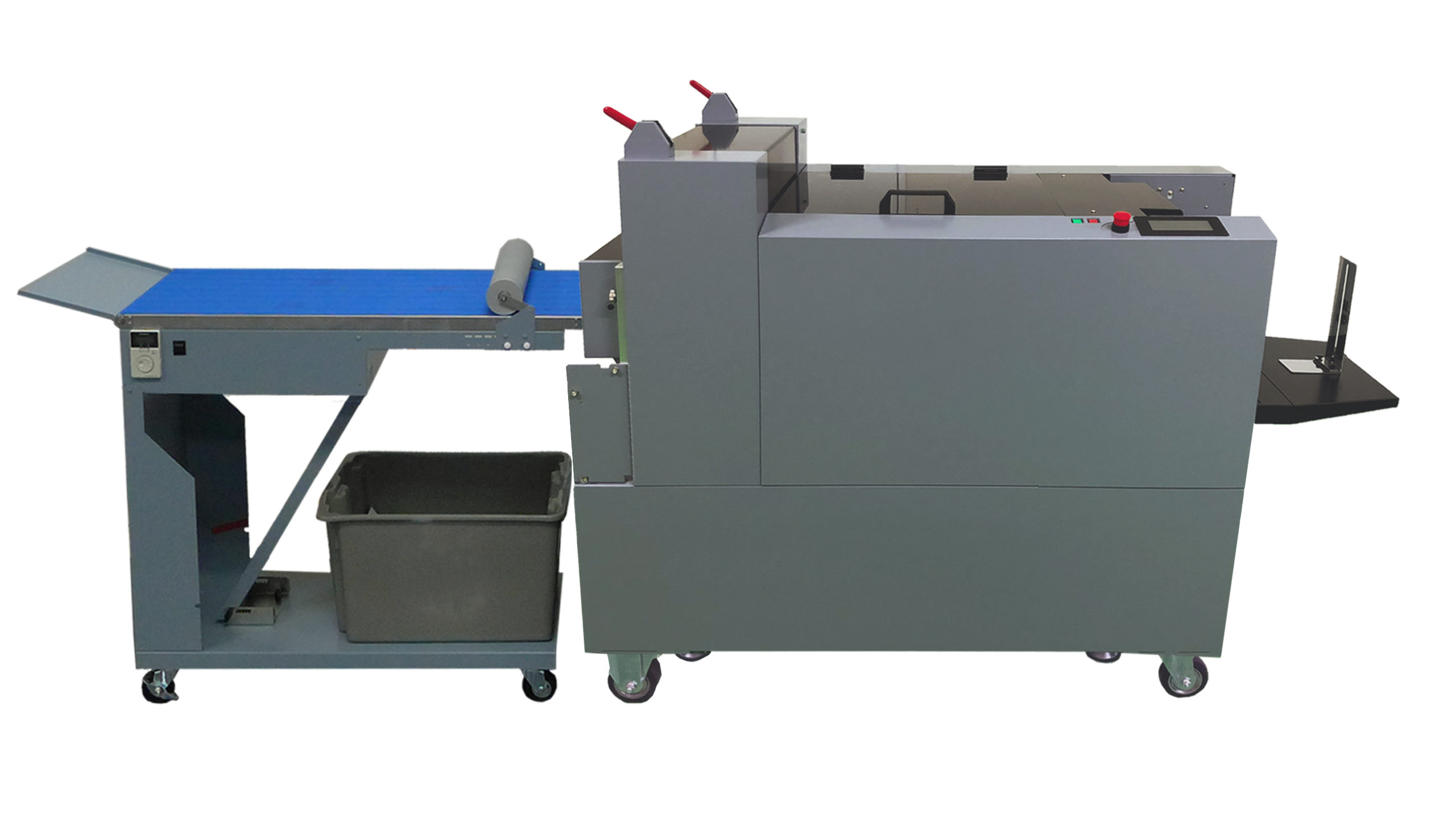
4. What are the types of rotary die-cutters?
The rotary die-cutter can be classified into several detailed types, and each of them has some differences and can perform different functions. here we would like to present you with several of the most common types of rotary die-cutters in terms of the differences in the mold.
1) Flexible rotary mold
One of the most significant advantages of flexible rotary cutter dies over solid dies is cost. Because flexible molds consist of thin metal sheets rather than solid cylinders, they are simpler and cheaper to manufacture. In general, they can be produced faster and in larger quantities than solid molds and are usually completed within the same working day or the next working day. In addition, these less bulky molds are easier to ship to and store in manufacturing facilities, saving transportation costs and storage space.
Due to their relatively low manufacturing cost, flexible molds can be easily replaced in the event of damage or fatigue. They can also be easily switched from one process to another with little downtime. Easy replacement can speed up delivery time and shorten turnaround time. Although flexible dies are less versatile than solid dies due to structural material limitations, improvements in die manufacturing and finishing, such as the addition of special die coatings and surface treatments, have increased the durability and number of suitable applications of flexible dies.
Although improvements in flexible rotary die technology have helped bridge the popularity gap between flexible and solid dies, especially for large production-run manufacturers and machine shops, solid rotary dies still account for the vast majority of dies used, in part because of the investment required to initially use flexible dies in production. For the application of a flexible rotary die cutter machine, the corresponding magnetic cylinder must be purchased as the base cylinder of the flexible die. Often, separate magnetic cylinders need to be purchased for each dimension and perimeter of the die run, which significantly increases the initial machining cost. In addition, while flexible molds can be easily and cheaply replaced, the tool has a much shorter life and cannot be resharpened once tired, resulting in the need for constant mold replacement. Even with special coatings and surface treatments, flexible dies often do not have the durability or life expectancy of solid dies.
2) Solid rotary mold
While flexible dies are becoming more popular in manufacturing, solid rotary dies are still used in large numbers today for die-cutter operations. Newer technologies have improved flexible molds to some extent, but specific manufacturing applications are still better suited to solid molds, including thick or abrasive materials, multilayer structures, and long or high-volume production.
Due to the nature of their functions and applications, flexible rotary dies are limited in terms of the types of materials that can be used for their construction. Solid rotary molds, on the other hand, can be made from a wider range of metals, resulting in greater versatility and customizability in mold design, specifications, and applications. The solid design of the solid rotary die allows for deeper engraving and a higher die blade height, enabling the solid die to cut thicker and multilayered materials. In addition, the rugged construction of the molds provides durability and service life, allowing them to withstand more abrasive materials, greater pressure, and longer service life. These benefits are particularly useful for high-volume production runs. In addition to durability and longevity, one of the other advantages of solid rotary dies is their ability to be resharpened. Flexible dies must be discarded upon passivation and fatigue, while solid dies can be resharpened and reworked several times. While not infinite, this capability further increases the expected life of solid molds.
While an important factor, the life of the die may not always be the determining factor in choosing the most suitable die for a particular die cutter application. For specific manufacturing applications, especially machine shops that already have the necessary magnetic cylinders in stock, flexible molds may be more cost-effective. Solid dies are more expensive to manufacture and require longer lead times, making them more costly for shorter production runs and lower quantities. Longer lead times also limit and hinder the ability of stores to provide and complete urgent work.
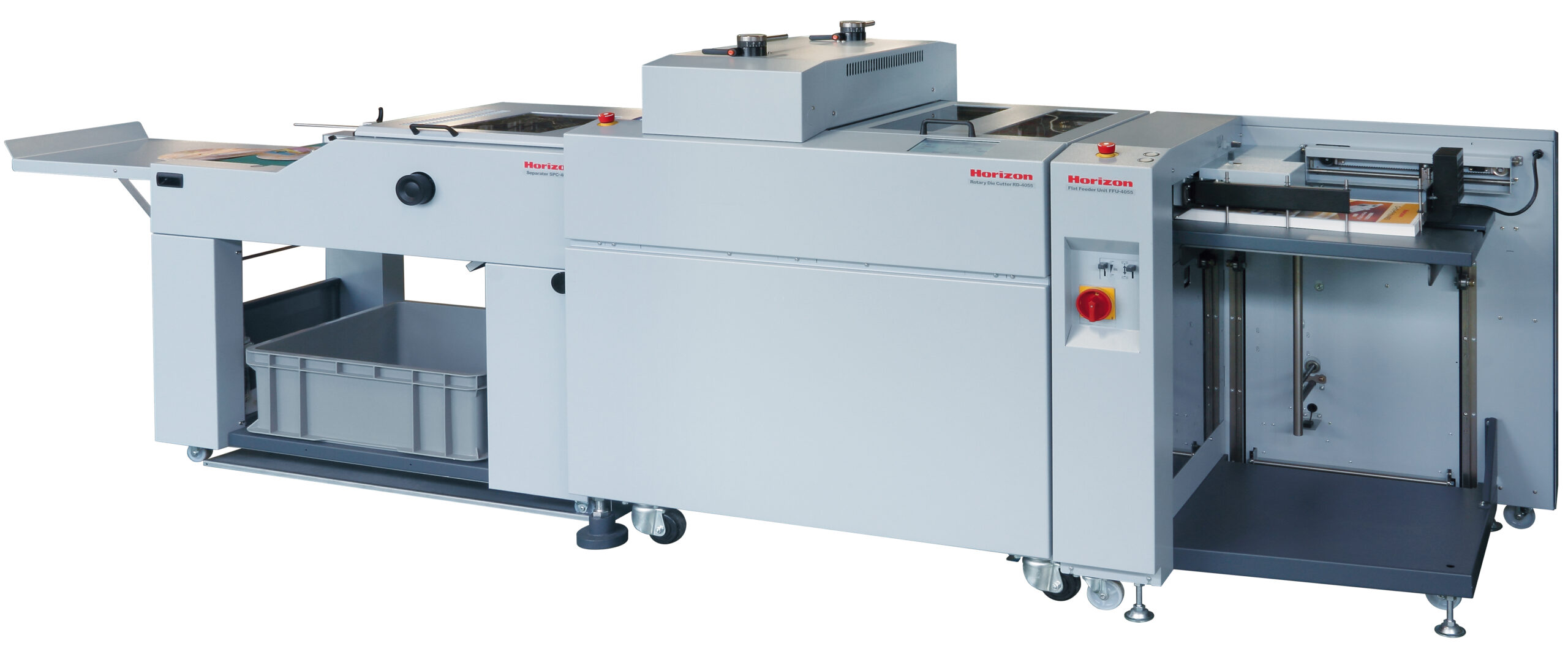
5. How to choose between flexible and solid rotary die cutter molds?
Selecting the right type of die for rotary die cutter operation requires a comprehensive approach. Manufacturers and machine shops need to consider not only die cutter materials and required specifications, but also initial and overall investment costs, as well as optimal delivery and turnaround times.
Flexible molds are generally suitable for simpler, less worn materials and shorter running times, while solid molds are more suitable for tougher, wear-resistant materials and long-term and high-volume production. Although the initial investment in flexible die technology is more expensive than solid die due to the high cost of magnetic cylinders, re-purchasing flexible die components that are inexpensive to manufacture can prove more economical in the long run. Solid molds, on the other hand, may be more expensive to manufacture but may be justified when cutting a large number of consistent designs, since molds are less likely to need to be replaced mid-production. In addition, solid dies do not require as much investment in auxiliary parts as the magnetic cylinders required for flexible dies. Flexible molds may be simpler and faster to procure, but they are more prone to fatigue and need to be replaced. Solid molds may take longer lead times, but they are more durable and likely to last more production cycles.
These are some of the factors that may need to be considered when deciding whether a flexible rotary die or a solid rotary die for rotary die cutter applications.
6. What are the advantages of a rotary die-cutter machine?
Compared with other types of die cutters, rotary die cutter machines have several advantages. These include:
1)A precise cut that is consistent and uniform
- Reduce material waste
- Shorten delivery time
- Quick turnaround time
- Mass production
2) High precision and accuracy.
Since the design has been carved into the mold, the parts can be produced easily and repeatedly on a well-tuned rotary press. The precision achieved by the process also helps reduce material waste, as die-cut designs can be spaced more closely together.
3) Easily changed in a rotary press
The durability of the molds also reduces the need for replacement during production runs, further reducing lead times. In addition, molds can handle complex designs and multiple layers of materials, and on solid molds, multiple blade heights and angles (i.e., different cutter capabilities) can be available on a single tool.
4) High efficient
Rotary die-cutter machines are more efficient and can achieve faster and larger yields than flat die cutter that uses start-stop stamping and stamping methods and laser cutter that requires constant adjustment of cutter speed and depth throughout the design process. These benefits are due to constant and continuous pressure, web feed, and drum rotation. Rotary presses are also capable of performing multiple manufacturing operations in a single cycle, which further helps to reduce turnaround times.
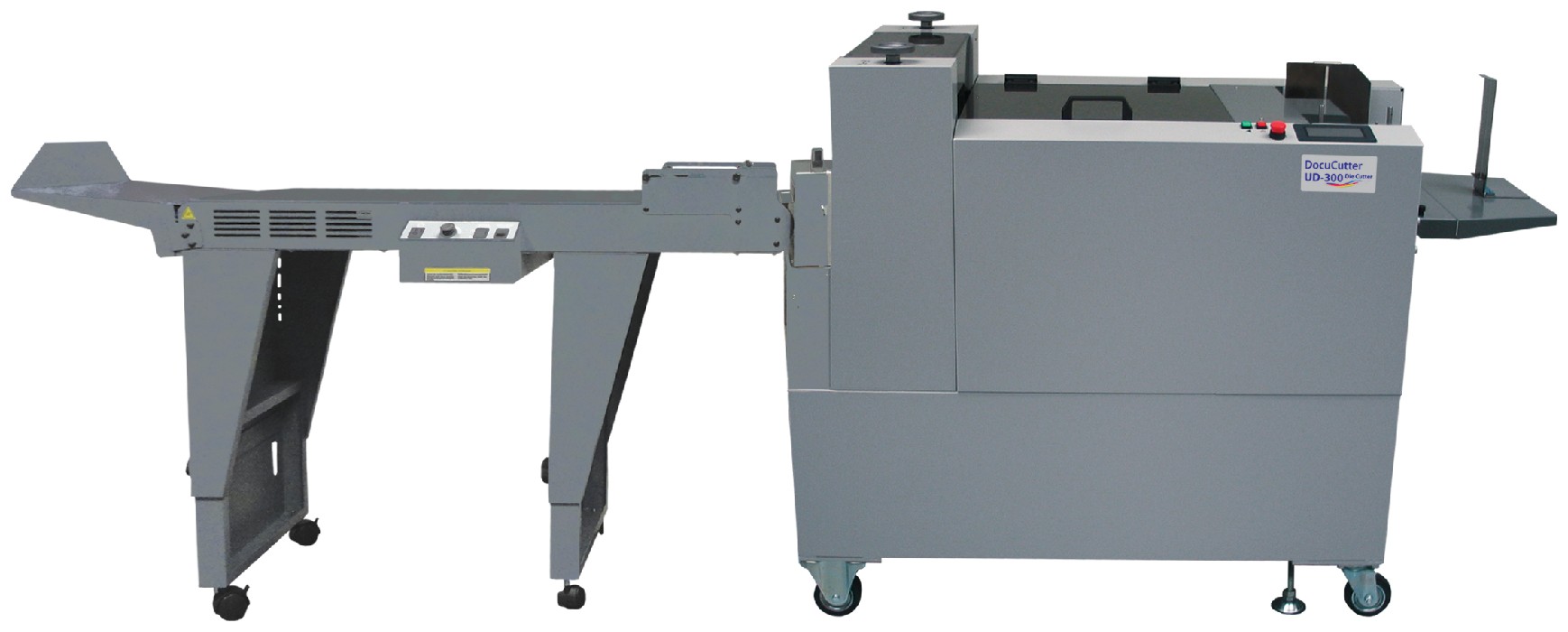
7. What materials can be cut by a rotary die-cutter machine?
Although we focus on film, rotary die-cutting machines can cut a variety of materials. We provide cutter foam tape, industrial tape, medical adhesive, masking tape, thermal interface, surface protection, and other services. This means that you can create almost anything you might use to use a rotating mold.
Due to the wide variety of materials that a rotary die can cut, we can cut almost anything you need on our press. All you need to do is communicate your needs to us and we will adapt our approach to meet your needs.
8. What are the functions of the rotary die cutter machine?
Rotary die cutter machines are suitable for a variety of applications from simple die cutter labels and washers to complex multi-layer parts. It can be used in a variety of materials, including thin metal, plastic, paper, foam, fabric, and laminate, and offers a variety of different die cutter functions, such as metal-to-metal, kiss cutter, and piercing.
1) Metal-to-metal die cutter
For lining or multilayer materials, the type of die cutter, where the die cutter design goes through the entire material, including but not limited to the surface, binder, and backing material layers. The design is completely separate from the network.
2) Snout cut
For lining materials, die-cut type, where die cuts are designed through the surface and adhesive material layers rather than backing material layers. The design is not completely separated from the coil, but can be easily removed from the complete backing layer.
3) Punch
A type of die cutter in which the die-cut design is fixed to the coil material by a series of punches. The design is not completely separated from the coil, but can be easily separated from the material along the perforation line.
Rotary die-cutting machines can also use a number of cutter stations and die. This configuration allows several different operations, such as scuttling, scoring, and laminating, to be performed simultaneously with the main die-cutter operation. This approach reduces the need for operator involvement and reduces lead times and turnaround times.
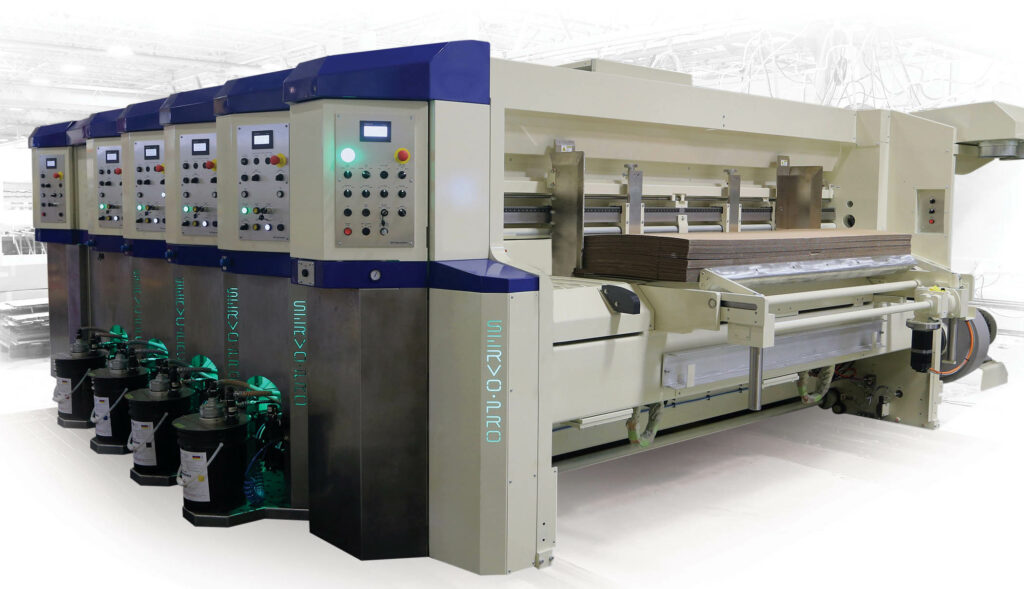
9. What is the applications of rotary die cutter?
There are some applications:
1) Creative pursuit
As many people know, die-cutter—especially for adhesives and paper —is essential in many creative pursuits.
If you make a living from graphic design, interior decoration, or even something as simple as creating a yearbook or scrapbook in bulk, you may need a die-cut that fits your project. Without it, pasting logos, wallpaper, or protective film on book covers is a daunting task… Especially if you want multiple protective films of the same size.
A rotary die cutter can imprint a given shape on wallpaper (or any other type of paper) to produce embossed flowers. It can also be molded from adhesive paper, making it ideal for layering and creativity!
2) Medical tools and wound care
Adhesive rotary die-cutter machines can solve various problems in the medical field. Medical tape is one of the most commonly used tools in the medical industry because it is so versatile and can be used to solve many different (and very common) problems. These tapes are breathable and therefore good for the skin of the person using them, and they are also pressure-sensitive. This means no additional solvent or heating of the solution is required.
The rotary die cutter machine can cut a variety of medical tape materials, including waterproof adhesive and durable cloth tape. The use of a punch cut is beneficial for these tapes because it ensures that each piece is of the correct size and shape and can adhere directly to the patient’s skin, thus healing the wound with as little discomfort as possible.
A common problem in the medical field is that the tape is so tight to the skin that you can’t breathe. Using a rotary die cutter to get the perfect material will ultimately solve this problem, as the medical tape that comes off the machine is any breathable material you want.
3) Surface protection
Surface protection is of paramount importance in almost every industry.
After all, no one wants a beat-up car because auto industry professionals didn’t think enough in advance to use an adhesive that would keep it from getting scratched and dented. In medicine and science, surface protectants are very useful because they need to be applied to the table where the experiment is conducted. Engineers need to protect the machines they build and the machines they use to build. (Speaking of science, click here for some cool facts about protective coatings in science!)
So how do you solve these problems? If your guess is a “rotary die cutter machine”, then you are absolutely right!
We will use rotary cuts to create surface protective barriers of any shape and size you need. We can use a die cutter to cut these materials into the perfect shape for your car or industrial machine. No matter what surface protectant you need, a die cutter with us is a very simple and effective way to solve your problem!
4) The heat shield
In many industries, low temperatures can cause problems. When the temperature drops, the machines in a factory or construction area stop running. Not only that but not having proper insulation can lead to uncomfortable (and even unsafe) working conditions for workers. If the right adhesive is used, thermal masking tape provides insulation and can stick to almost any surface.
Our rotary die-cutter machine is perfect for cutting this thermal masking tape. This tape can stick to any surface you like — machinery, car windshields (just pick something transparent!). And even the walls of buildings where labor is done. This will ensure that machines and personnel continue to function normally even in cold temperatures.
10. Conclusion
The above is all about the introduction of the “Rotary Die Cutter”. Hope the above information can help you.

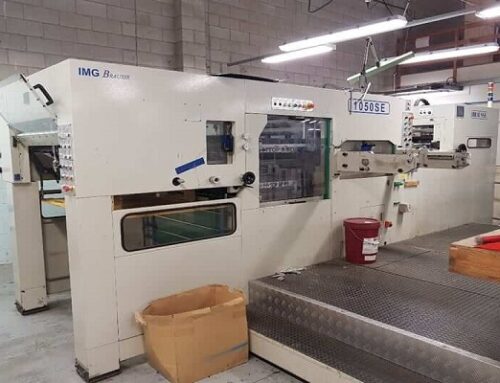
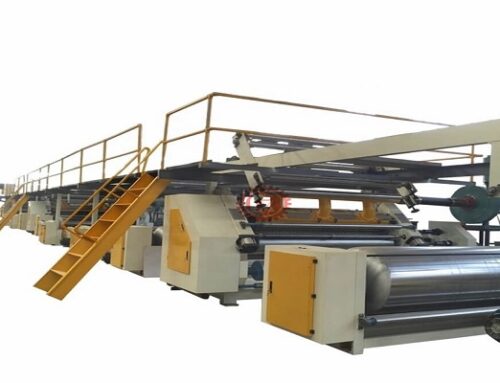
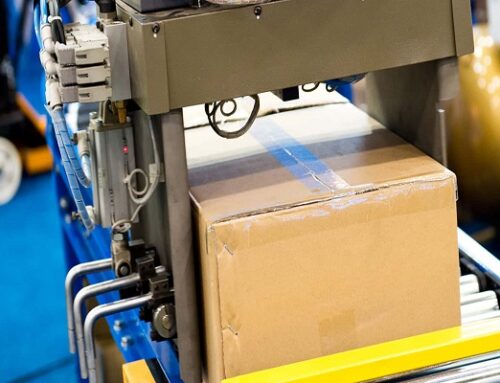
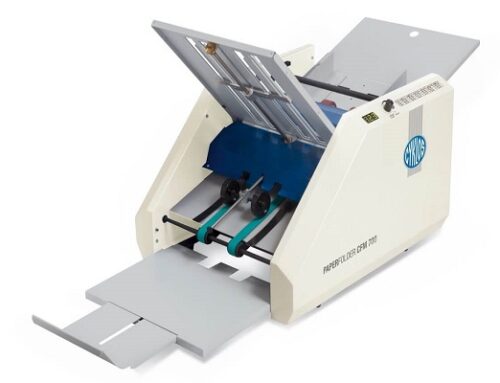
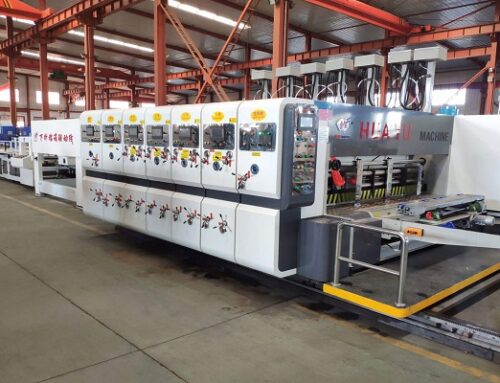
Leave A Comment